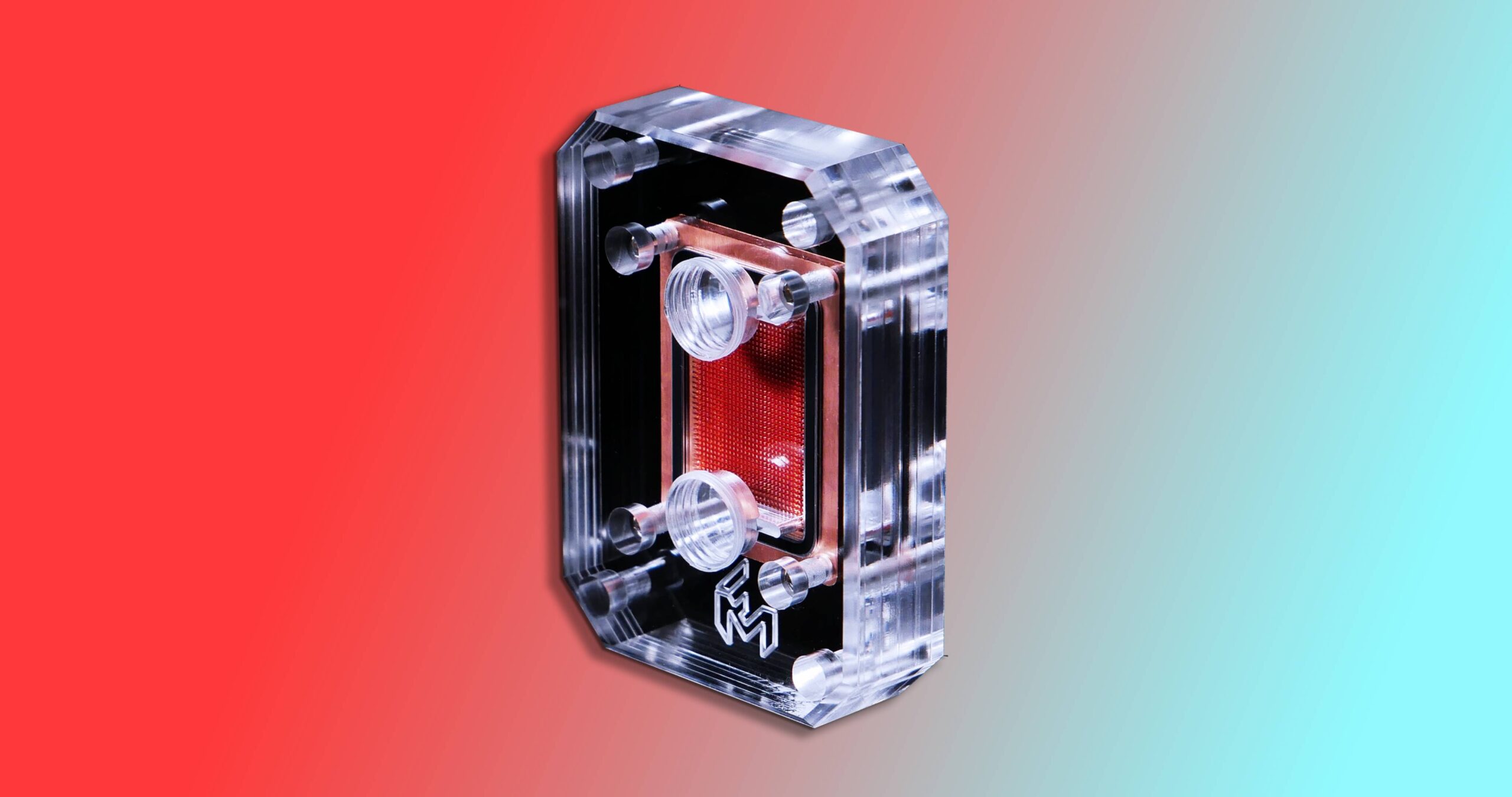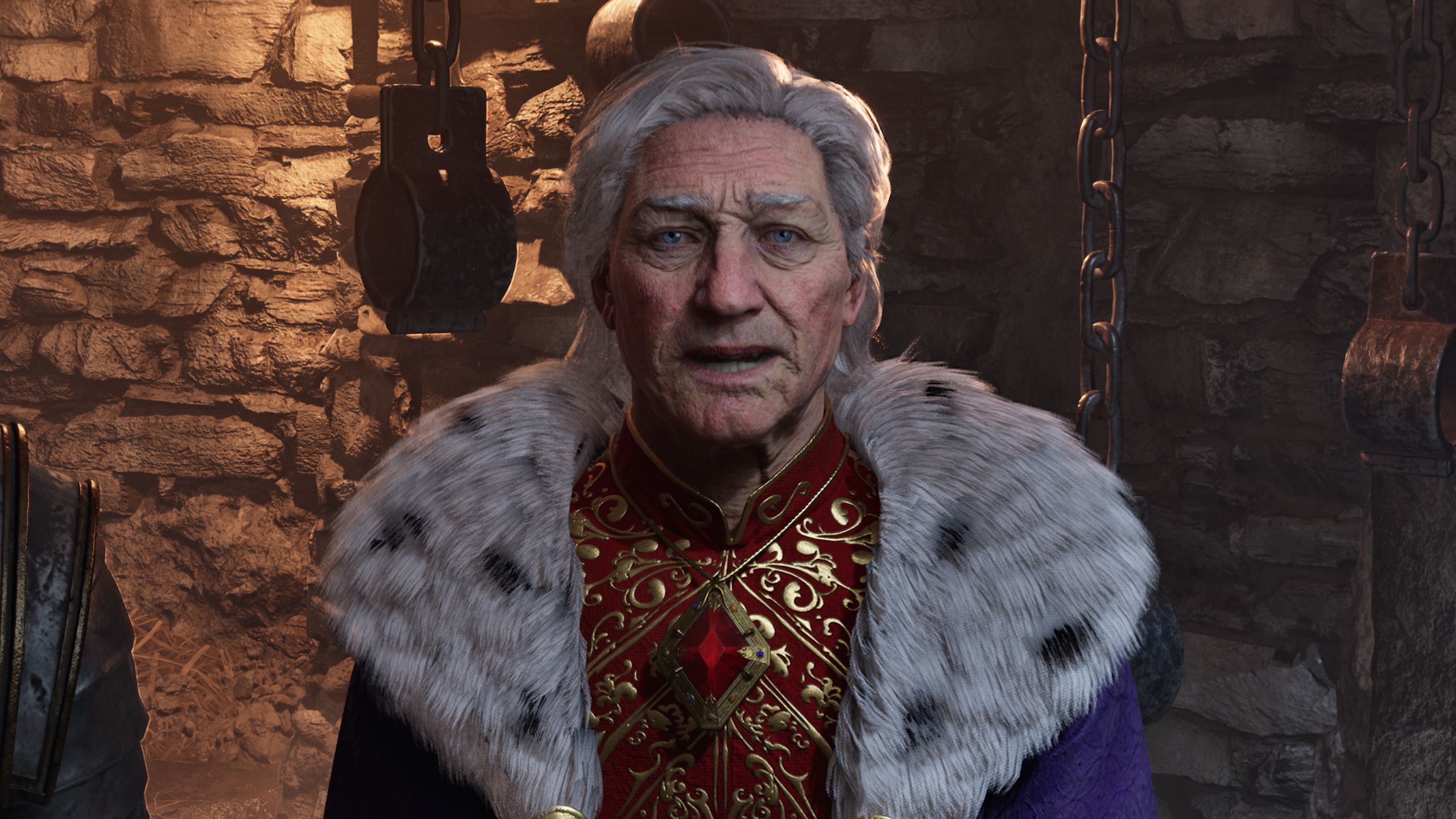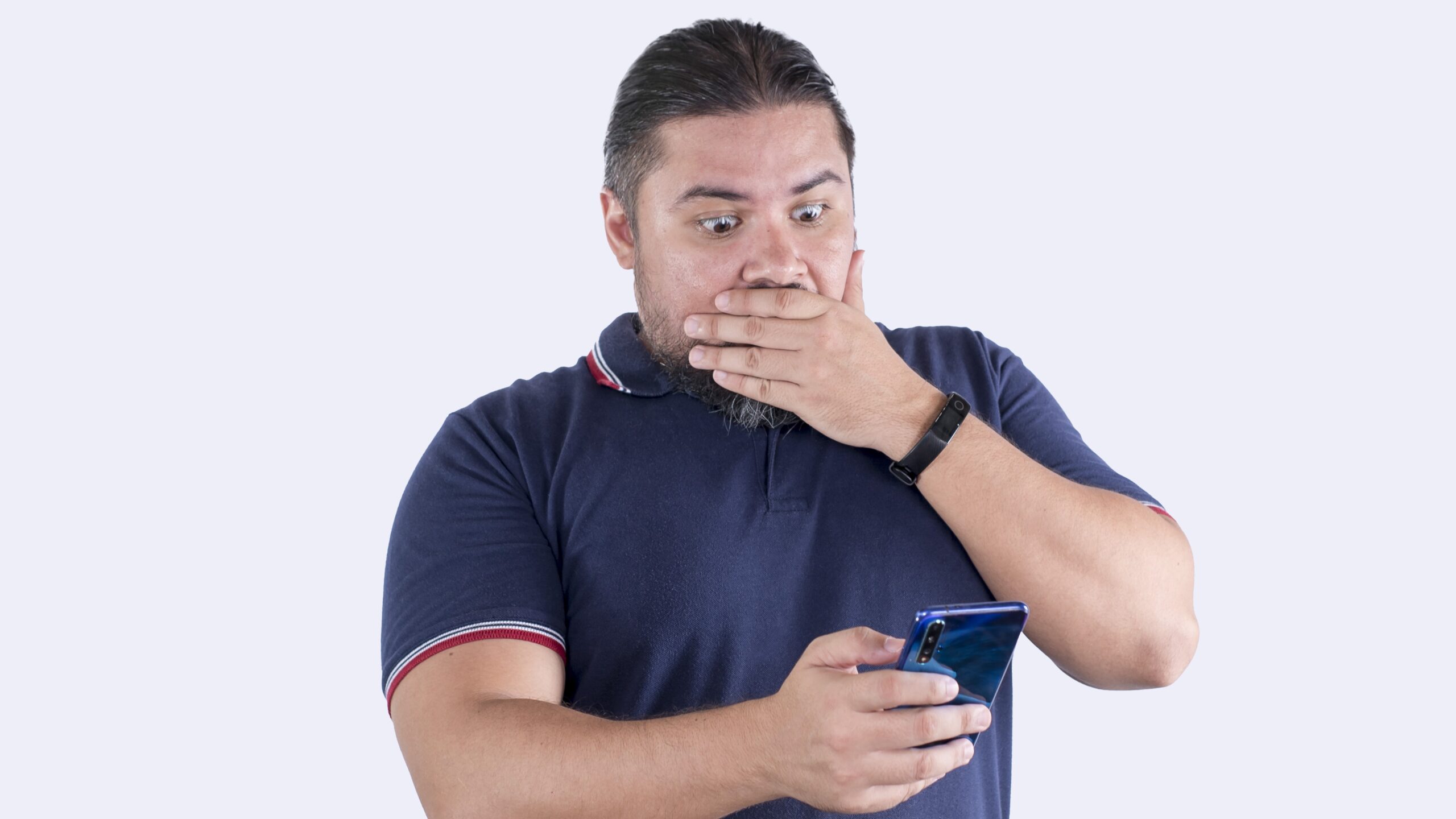Known Nvidia leaker kopite7kimi—who originally revealed the name of the company’s next GPU architecture a few years ago—says Nvidia’s next-gen data center GB100 Blackwell series graphics cards will have a similar core count as Ada Lovelace chips but will have “significant changes in its unit structure.”
An earlier tweet (via Hardware Info) indicates that the GB100 GPUs will use a chiplet-based multi-chip module (MCM) instead of the current monolithic designs.
MCM is an advanced packaging technique that splits GPU components across separate dies. The leaker doesn’t tell us what the configuration will look like—such as whether it will contain multiple GPU compute dies, or just separated memory dies alongside a single GPU core—nor does it suggest whether the GB100 will be the only Blackwell GPU with a multi-die design.
This switch from a monolithic focus would give Nvidia’s data center GPUs a lot of wiggle room for potential chip customization in order to compete with AMD’s Instinct MI300 series chips. The red team’s own data center chips are cramming a whole Zen 4 CPU inside an absolutely massive GPU.
AMD also already has some chiplet gaming GPUs that we like so far, such as the AMD Radeon RX 7900 XTX, though its inaugural chips still don’t have multiple compute dies, just separate compute and I/O and memory dies.
After the dramas of GA100 and GH100, it seems that GB100 is finally going to use MCM.September 18, 2023
Anyways, the chips rumoured here are specifically data center GPUs, which might not be super interesting to us PC gamers. Though the Blackwell architecture is reportedly coming to our GeForce cards, under the GB200 name. Still, if Nvidia has found a way to make multi-compute dies function within a traditional game rendering pipeline then we might still have something here to get very excited about.
Because that’s the tricky thing. When it comes to data center GPUs, doing a whole heap of serious number crunching, rather than traditional frame rendering, is a lot easier to do when spread across multiple compute dies. That’s why SLI and Crossfire multi-GPU solution kept on going in spirit in the compute space long after it was summarily executed in the gaming space.
That’s essentially what we’re looking at when it comes to multi-compute MCM graphics cards: an SLI/Crossfire solution buried into a single chip. And there’s specifically no mention here of whether Nvidia is looking to roll that out to its next-gen GeForce cards.
We can be hopeful, but we’d probably suggest it’s unlikely in this next GPU generation. But it’s been rumored the next generation of Nvidia gaming GPUs won’t happen until at least 2025—plenty of time to figure that all out, right Jensen?











